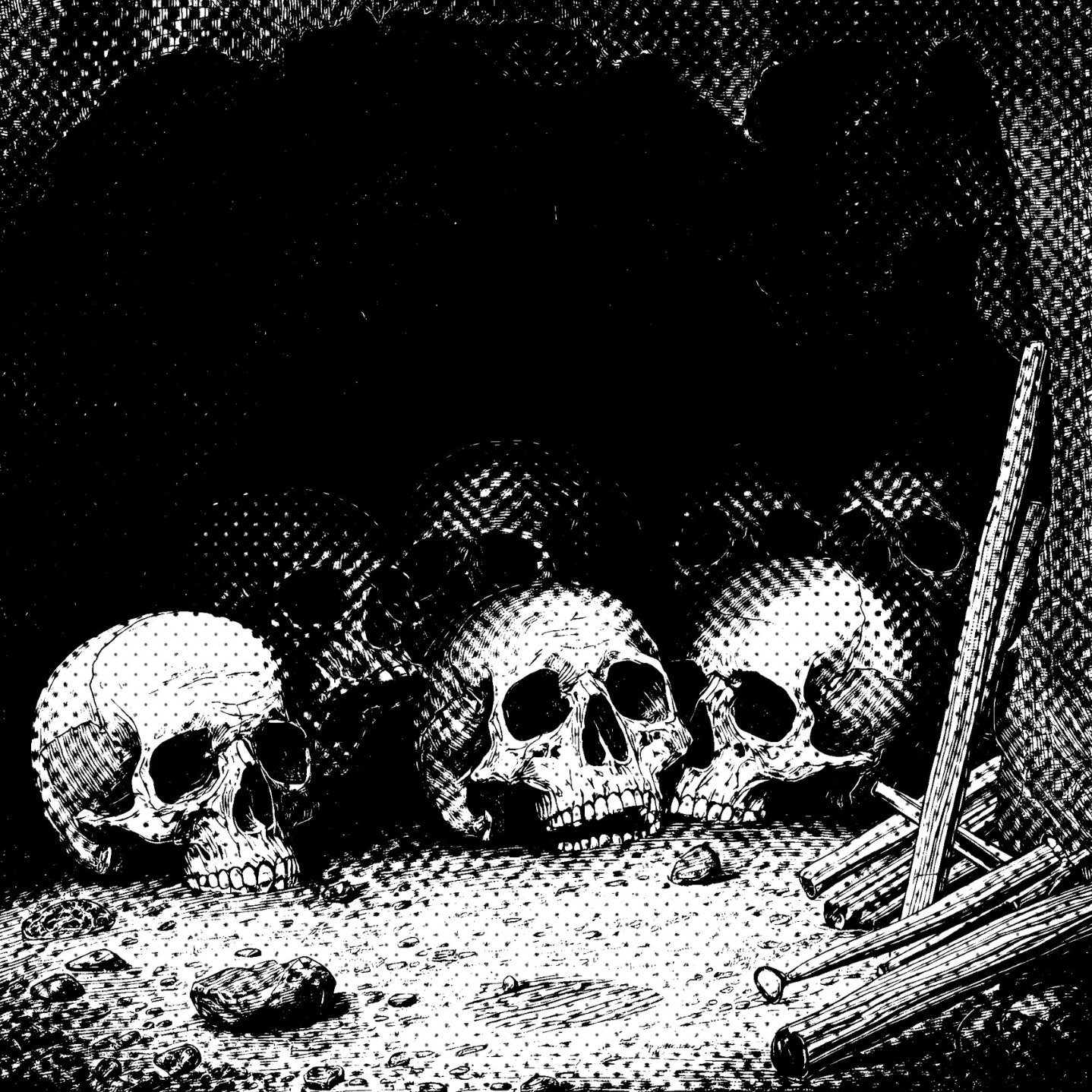
THE CULL
☠ BIOHAZARD PROTOCOL IN EFFECT – REMOVAL OF NETHERKIN BLOOD MATTER IS MANDATORY
✖ COMPENSATION IS ISSUED UPON PROOF OF KILL – NO EXCEPTIONS
⸸ DO NOT APPROACH RESIDUAL HUMMING IN SEALED TUNNELS
☠ BIOHAZARD PROTOCOL IN EFFECT – REMOVAL OF NETHERKIN BLOOD MATTER IS MANDATORY ✖ COMPENSATION IS ISSUED UPON PROOF OF KILL – NO EXCEPTIONS ⸸ DO NOT APPROACH RESIDUAL HUMMING IN SEALED TUNNELS
I. What the Cull Actually Was
The Synod calls the Cull “defensive action.”
It wasn’t.
The Cull was industrial clearance, plain and simple.
Once Solarium labeled the Netherkin “vermin,” mining law changed: whoever “cleansed” a tunnel of Netherkin presence could plant a flag on it and extract. That meant ore rights, water rights, and throughput control. It also meant sudden land grabs in the understrata, at scale.
The Synod enriched itself off this. Calling an area “infested” gave them legal pretext to seize it, lock it down, and bring in bonded labor under “containment authority.” This accelerated sovereign extraction under Solarium control and bypassed negotiation with existing Pit power.
Raptoream’s old guard signed off because they got a cut. Resource, leverage, deniable force.
On the street level: mercenary crews got hired to “clear” galleries. Those mercenary crews later evolved into Strutlord militias. Some of the same names running Struts now trace legitimacy back to “Cull Heroism.”
The Cull didn’t just kill the Netherkin. It built a class structure.
It was the birth of the black-market economy.
II. How the Cull Was Run
Adults with weapons did the bloodwork in main caverns: breaching breeding halls, torching, collapse charges.
The aftermath was outsourced to children.
You couldn’t get armored adults into bleed tunnels, vent slits, or cracked brood chambers. Only small bodies fit the bill.
That became policy. Quiet policy, but still policy.
Children like young Leopold Lang and Erik Mordiger were conscripted for that work. They were called “youth auxiliaries” on paper. In practice: they were throwaway labor.
After the Cull ended, the Synod quietly buried records on the state-sanctioned use of children from official history. But the Pitbound who lived it still remember the pay-chits, the smell of burning bones, and the way the tunnels trembled when the Netherkin sang.
III. Political Legacy
The Cull left behind three lasting scars:
Solarium Wealth
Legal cover for seizure of vast subsurface territory.
Formalized extraction monopolies.
Locked Raptoream into economic dependence.
2. Birth of Strutlord Power
Cull-era mercenary outfits professionalized and later branded themselves as protectors, then “stability brokers,” then Strutlords.
Theirs is a legitimacy built on mass killing and child labor. Shame they don’t advertise that part.
3. Ongoing Black-Market Economy
Deep-Blood relics (bioluminescent cartilage, ore-veined teeth, crystallized blood) are still sold in Raptoream as charms, poisons, luxury art, and magickal fetishes.
The demand never stopped. It just moved underground with the Half-Deep.
☠ GUILD NOTICE: CHILD LOSS IS NOT BILLABLE
✖ PROPERTY RIGHTS FOLLOW PURGE RIGHTS
⸸ UNLICENSED RELIC TRADE IS AN ACT OF SEDITION
☠ GUILD NOTICE: CHILD LOSS IS NOT BILLABLE ✖ PROPERTY RIGHTS FOLLOW PURGE RIGHTS ⸸ UNLICENSED RELIC TRADE IS AN ACT OF SEDITION
ROLE |
FUNCTION |
COST |
|---|---|---|
Tunnel Runners |
Sent into narrow “bleed tunnels” the Netherkin used to escape. Tasked to retrieve trophies — skulls, hands, cartilage “proof of kill” — to claim bounties. |
High fatality risk in confined pursuit spaces. Treated as disposable by crews. |
Poison Clearers |
After a fight, some dying Netherkin exhaled a clinging, toxic spore into the tunnel air. Children were forced to scrape and burn that residue off the walls. |
Chronic cough, black sputum, permanent lung damage, early respiratory failure. |
Corpse Sorters |
Netherkin bodies were harvested: blood for industrial chemical use; luminous cartilage for lamps; ore-veined teeth and bone for carvings. Children did the stripping. |
Considered “cheap and replaceable” by foremen. Psychological trauma and disease exposure were ignored. |
Bait & Lure |
Children were sent in carrying stolen relics to draw wounded Netherkin out of hiding; the species was territorial and would follow to reclaim what was theirs. |
Rarely survivable. Most bait whelps did not return unless mercenaries intercepted fast enough to kill the pursuer first. |
Echo Lures |
Children trained to imitate Netherkin songlines using vented jawpieces. Goal: convince survivors that a broodmate or offspring was still alive and calling. |
Long-term nightmares, auditory hallucinations, dissociation. Many later reported “hearing answers” in the stone. |

